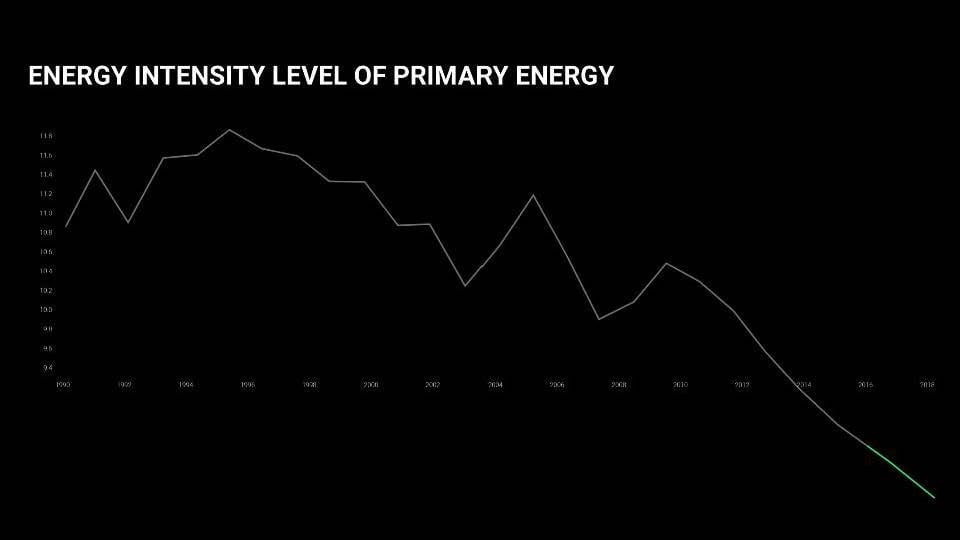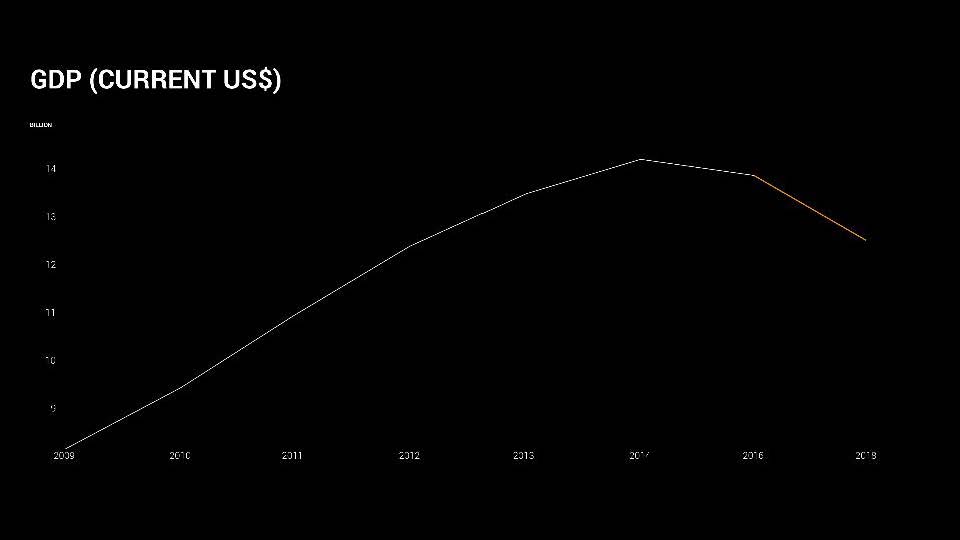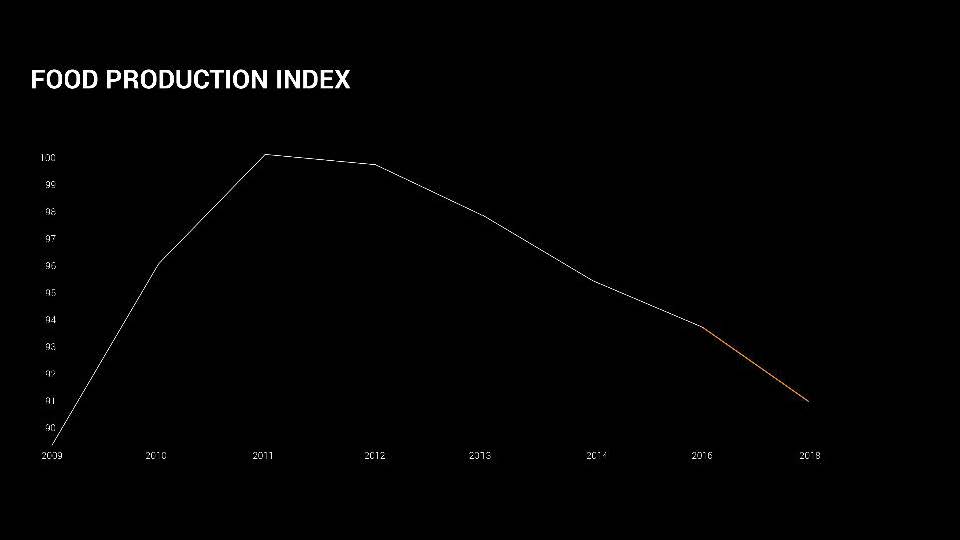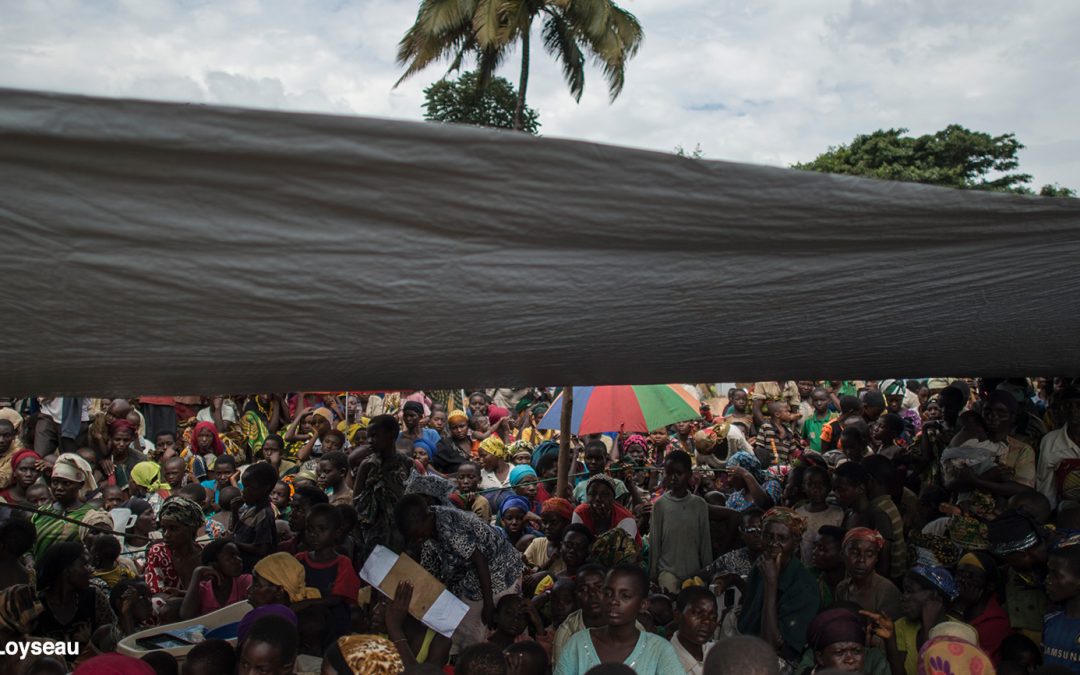Africa is a beautiful continent. Unfortunately, contrasting this beauty, Africa is being plagued by the largest wave of forced migration. In fact, the United Nations Refugee Agency (UNHCR) reports that post-1994, Africa has seen its largest waves of forced migration globally beginning in 2001.
This is a serious problem. And this is a very serious problem. This is a problem because Africa has been perceived as an unstable continent for the longest time and this has limited its growth. This perception is shaped by factors such as extreme weather conditions including but not limited to flooding and droughts, both of which leading to famine. And also due to economic pressure on countries, unfortunately, caused mainly by a growing population that fails to match that of GDPs.
What you probably don’t know is that I’m actually an immigrant. I left my home in Zimbabwe in 2012 and came to South Africa in search of better opportunities. So these issues hit very much close to home.
In light of this, I want to explain to you the factors that ultimately lead to forced migration and how we can harness Artificial Intelligence to curtail the factors that ultimately lead to forced migration.
To give you a quick introduction to artificial intelligence (AI); it is the theory and development of computer systems performing tasks that normally require human intelligence. This can include tasks such as image recognition, translation, and even decision-making. We actually use AI every day. It has become so ubiquitous that we as humans barely notice it.
For example, I want you to picture searching for Kanye West on Google. You go to Google Search and you type in Kanye West and you get a photo of a cow. It’s not quite the Kanye you envisioned, is it? As much as you may know the person “Kanye West,” there’s actually a place south of Botswana with 45,000 other people so surely, this should trump the individual Kanye West? When you enter a search term into the search bar, your underlying assumption is that Google will know what you’re searching for and what you want to see. And Google “knowing” is artificial intelligence.
A couple of months ago, my team and I built artificially intelligent software for Heineken for use during the most recent Champions League final. What it did was collect tweets from around the world that involved football banter and in turn was able to converse with people on Twitter in a manner that seemed 100% natural and fluid. Now, unfortunately, after the campaign completed we had to shelve the bot. But I began thinking about how we could repurpose the core structure of the software and use it for social good.
We stripped away the football banter, and replaced it instead with data sources largely from the World Bank. The data including information such as population growth, incidents of extreme weather conditions, and GDP growth. What the algorithm gave back to us were very interesting patterns around when countries reached tipping points that led to mass migration and how this co-related to events such as famine and shrinking economies.
Armed with this newly-created algorithm, we then began to explore the possibilities of AI within the Sub-Saharan context. Why was this important to us? In reality, there’s actually a wealth of data around Africa and this data is used mainly as a checklist, and very rarely has it been used to map the way forward for Africa. So, looking at this data and the patterns that we used to extrapolate beyond the current circumstance, we were then able to predict, within an understandable margin for error, what is predictable in the African perspective.
There are many contexts and examples of how I would use AI in my personal life, but here’s one regarding prediction. I live in a suburb called Newlands, which is in the southern portion of the Western Cape. Like many of the South Africans living around me, I wonder about the availability of electricity, especially in the wintertime. So, what if there was a way for me to utilize historic data to be able to predict whether or not will have electricity in my household during the next winter. I can look at the Energy Intensity Level of Primary Energy (I know – a complicated title) for information. It’s the amount of energy it takes to create one gross domestic product. From the initial trajectory I can see that in the next year, there’s a high likelihood for this to continue to drop. And that is a very good thing.

I can also look at other data sources such as the count of expenditure in renewable energy. We can also analyze the privatization of the energy sector and the growth of non-renewable resources such as nuclear energy. These will give me an indicator that during next year’s winter, I will definitely have electricity. If the results were different and revealed that I would not have electricity, I could then augment my energy production by using solar energy or other energy-saving methods.
The reason why I have used this example is because often times when we hear of artificial intelligence we look at the use cases as being very specific to technologically-heavy executions. Yet it can very much simplify our everyday lives, depending on how we use it.
Let’s have a look at the World Bank data again, but this time at Namibia specifically. So what if I wanted to predict in the next five years if Namibia would face a crisis that would lead to migration. I could look at a factor such as population growth. You can see in the figure below that the population growth has been on the rise over recent years. I could be worried about this statistic but I could look at another data source, for example, GDP growth, can recognize that GDP has been rising exponentially. And as much as it has dipped in the past two years, the median trajectory predicts that it will continue to rise in the next five years. Using these 2 metrics and a handful of others, I could then quite easily rule out mass-migration due to economic pressure in the immediate future.

I’d like us to look at a final country – Zimbabwe. Now, Zimbabwe is a very unique country; it has had an incumbent president who has been in power for over twenty years. This factor alone will put it in what we call, the “orange zone.”
To use the same metric to predict whether Zimbabwe will have a migration crisis based on economic reasons in the next five years, I could look again at the GDP growth. In the figure you might see growth in 2008, but keep in mind that at that point Zimbabwe was facing its largest economic meltdown ever since independence. And for the first time over the past two years, Zimbabwe has started to see a decline in the growth of its GDP and we anticipate that this will continue to go on.

I could look at other factors such as the food production index which is a weighted average of food crops that are considered edible and that contain nutrients. Looking at this image you can also see that this has been in decline and will probably continue to do so.

What this means ultimately for Zimbabwe is it will bring back images that many of us are accustomed to, but very few have actually lived.
Bear in mind that there is currently a 10 – 15% error margin within the algorithm and we’re working on making that as small as possible and using the data is the best possible way. And of course there is the always ever-present possibility of new information changing the trajectory and this is where it gets interesting. So what we did is, overlooking historic data, we looked to factor in what real-time occurrences contribute to the futures of case study countries. Datasets such as announcements by government bodies that will affect the nation’s currency in the long term or military coups etcetera allow us to immediately adapt the prediction to cater for new developments. This, unfortunately, nullifies to an extent, the base prediction but still gives you some leeway in predicting the next outcomes based on the severity of the development.
This technology will assist development agencies around Africa in both their grassroots and high-level politicisation efforts. It will also assist progressive governments to put in place measures that will ensure that the standard of living in their respective countries will not be adversely affected based on expected outcomes.
The software will also intelligently suggest remedies to an impending crisis, such as that, in the event that it predicts imminent famine based on historic data and the climate change trajectory it will recommend alternate farming methods or alternate food sourcing that will cater to a changing climate. Or, in the event that it realises that current policies implemented in a country are leading to a shrinking GDP that will not be able to sustain the populace, it will then maybe suggest lobbying to effect regime change to protect the interests on the parties privy to the data.
The algorithm is currently in private beta and we plan on releasing all our code to an open source repository so anyone can access it and explore their own possibilities. Thereafter we’re building an easy to use tool for governments, corporations, organisations, and individuals for use as an exploratory checklist and impending humanitarian crisis identifier.
To watch Babusi’s TEDxTalk on artificial intelligence click here and stay tuned to hear more about Babusi’s work on predictive analysis for the humanitarian sector.
About the Author
Babusi Nyoni is a design and technology enthusiast. Working as a user interface designer and developer in website and mobile applications, he has a strong passion for fresh new ideas that would change the lives of those around him. A keen follower of digital trends and a firm believer that Artificial Intelligence is on the brink of shaping the technological zeitgeist worldwide, Babusi believes that that now is the perfect opportunity to use the technology to improve the lives of Sub-Saharan Africa-based citizens.

